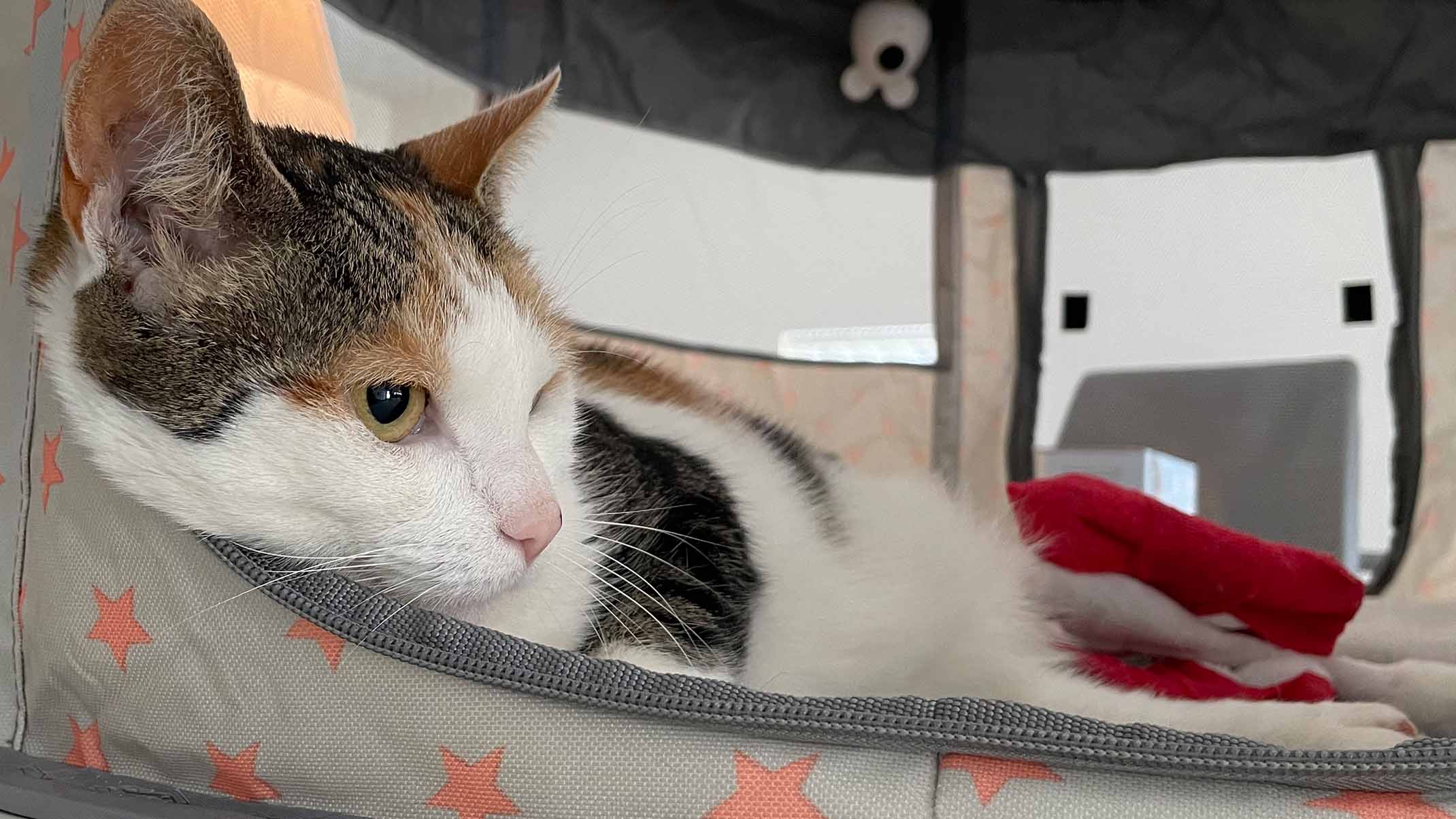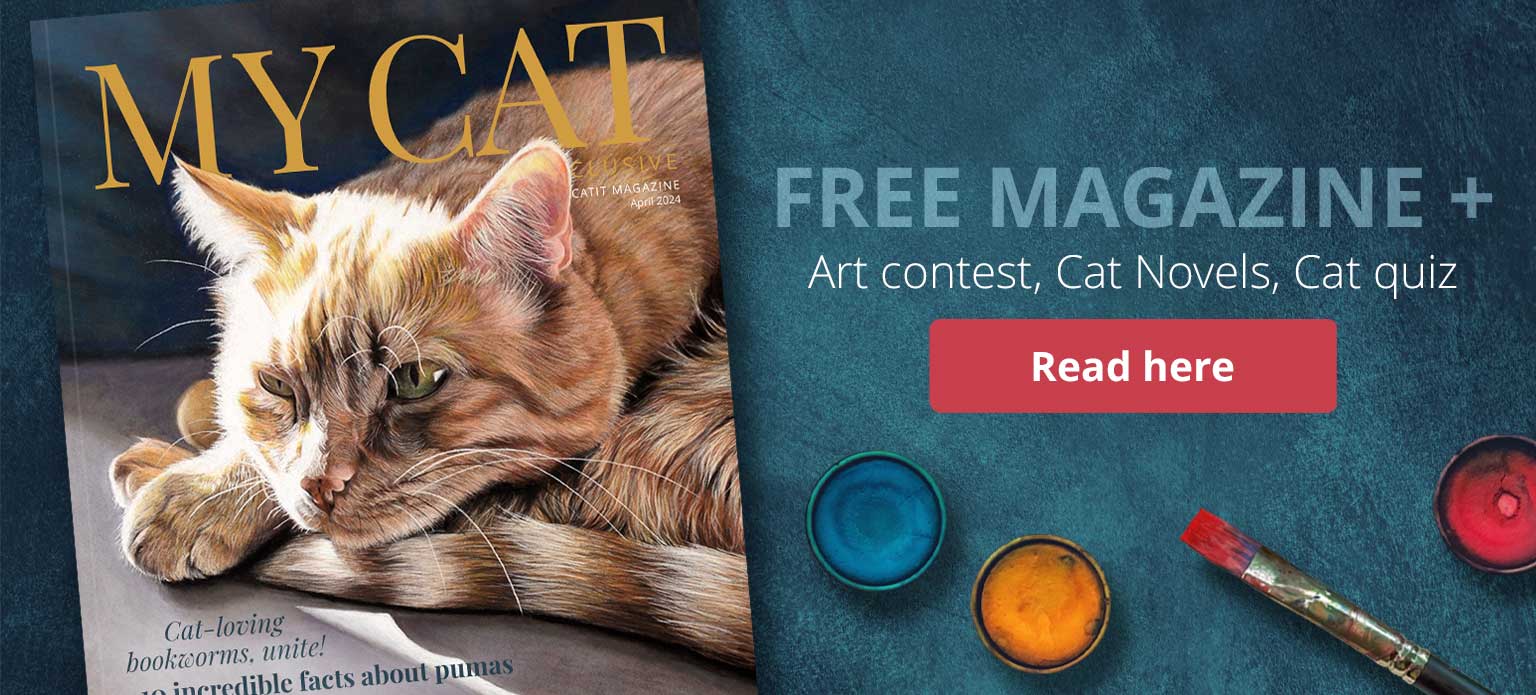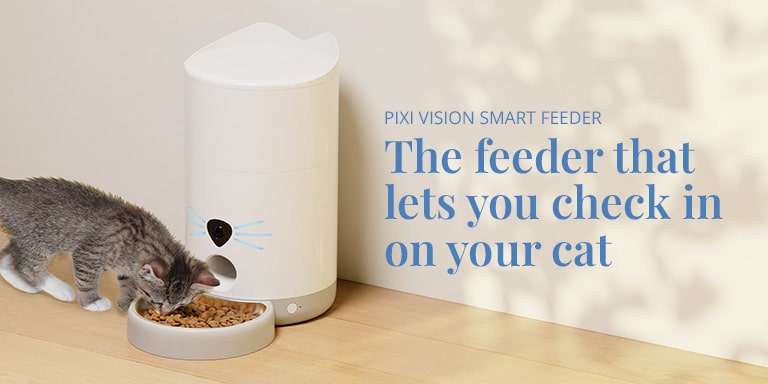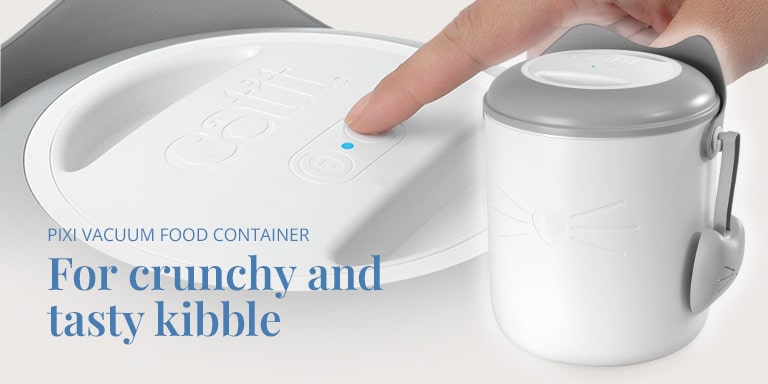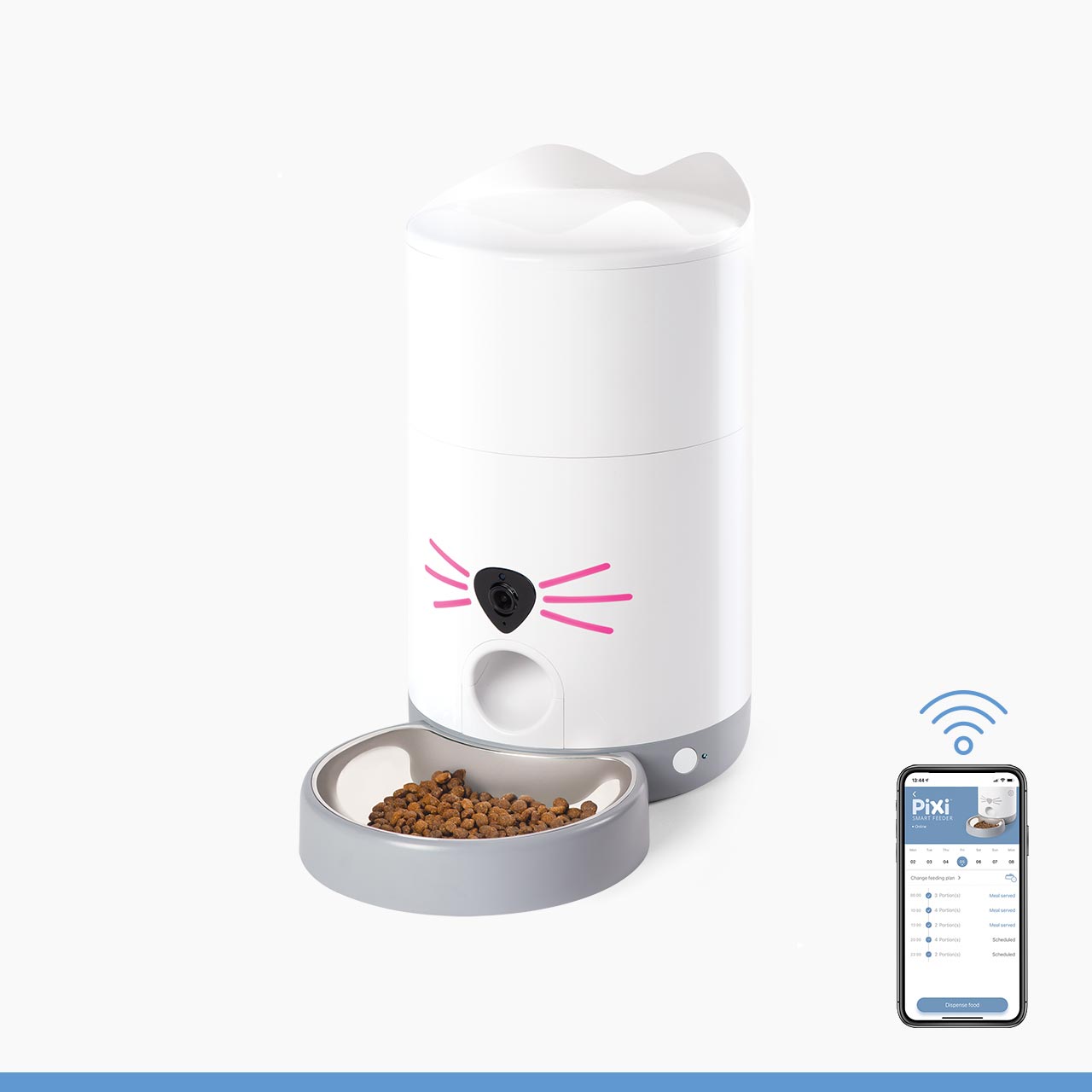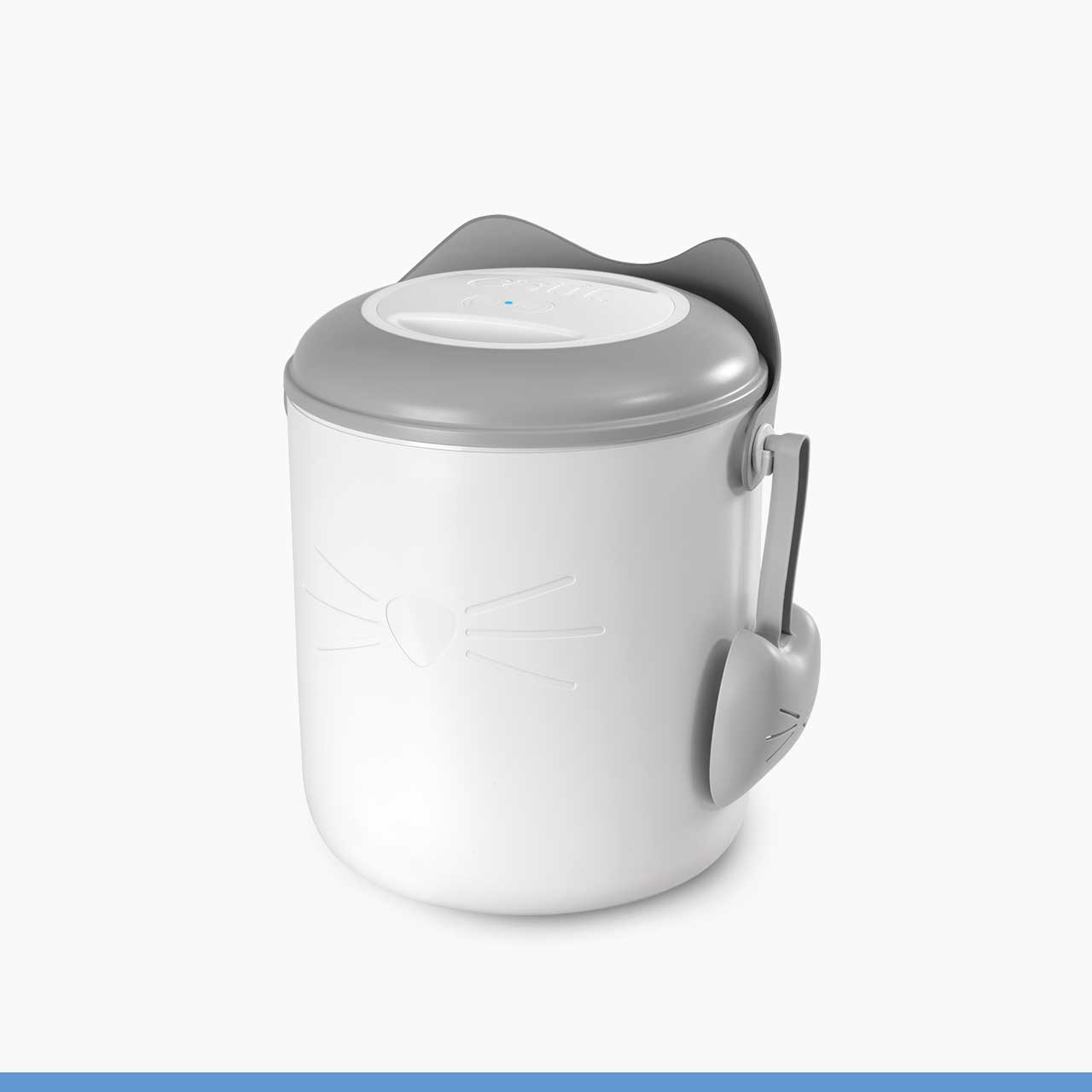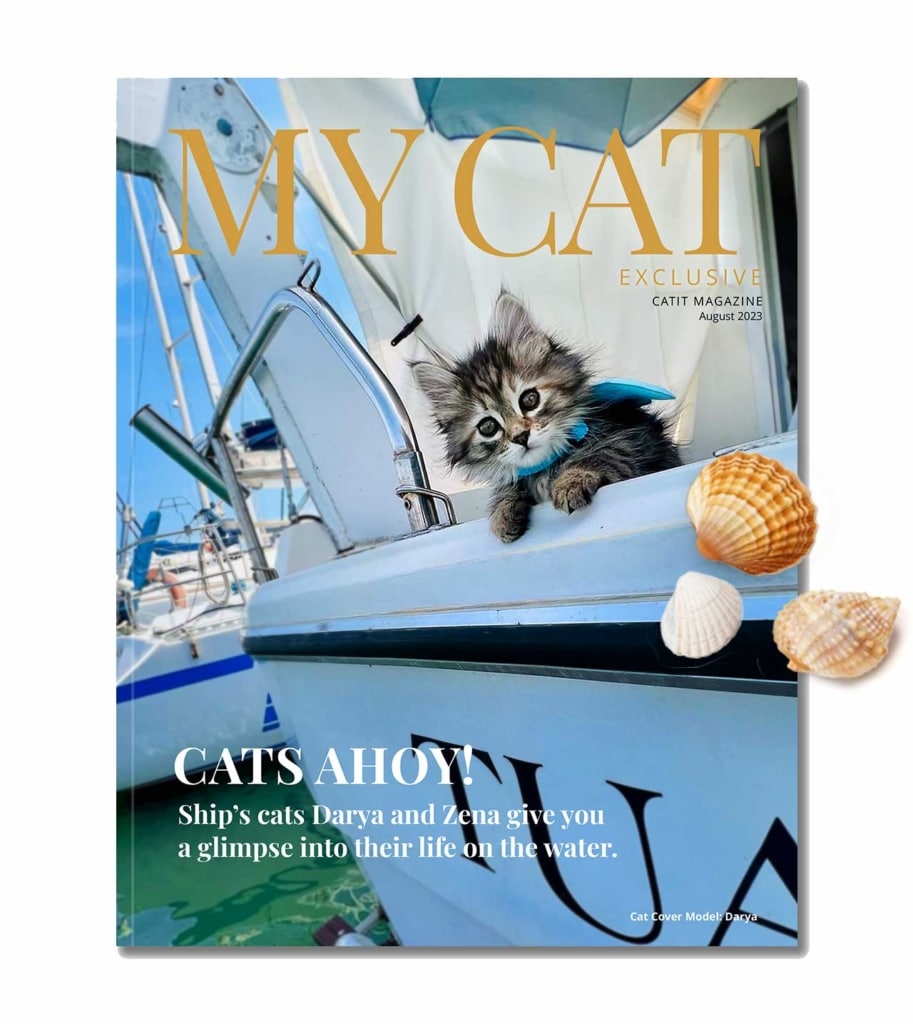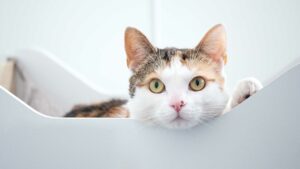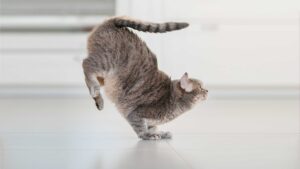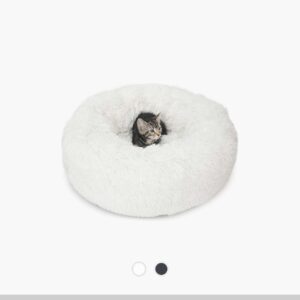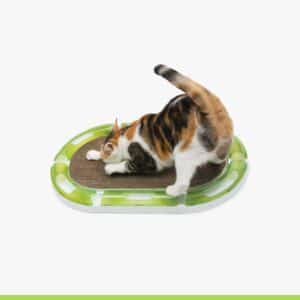In this article
What happened to Pixi?
While Pixi is already 6.5 years old, she loves to race around the office like a kitten, knocking things off desks in the process. No harm was done, until mid-September 2022. During a spell of ‘the zoomies’, Pixi injured herself. While no one saw the accident happen, you could clearly notice she was limping when she reappeared.
Off to the vet
Despite it being Sunday evening, the local vet agreed on seeing poor Pixi straight away. In order to find out where exactly the problem was located, the vet gently manipulated the joints in Pixi’s leg, hoping to elicit a response, but Pixi wouldn’t make a peep. The next morning, X-rays and scans were taken and sent to an orthopedic surgeon, who quickly discovered the situation was much worse than initially expected. In total, 3 tendons in Pixi’s heel had ruptured, including her Achilles tendon. An underlying congenital disease had more than likely weakened the tendons, causing them to snap after a simple jump.

Repair or remove
When discussing the course of action with the orthopedic surgeon, we were left with 2 options: having the paw amputated, or having the tendons reattached – a procedure we knew would cost thousands of dollars and take months of rehabilitation. While cats can live long, full lives on 3 paws, we felt surgery was the right choice. After all, Pixi was expected to make a full recovery, and she would need this paw in case the other one got weakened by the underlying condition she has. So, a week after the accident, Pixi went in for surgery. Her tendons were repaired, and her joint was locked in place with an external skeletal fixation device – a set of rods that are screwed into the bone and exit the skin to be attached to a stabilizing construction.
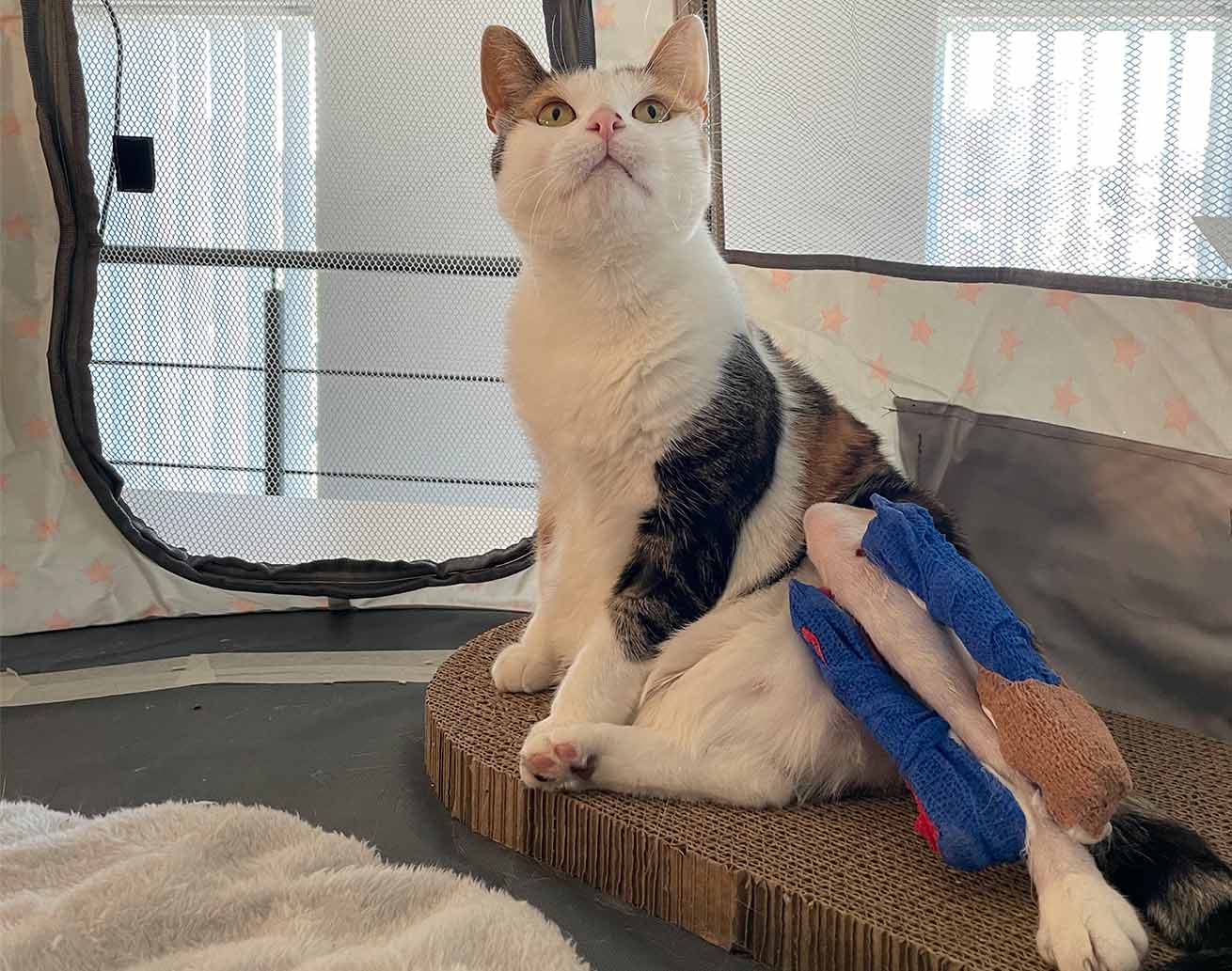
A fancy new home
The day after surgery, Pixi was allowed to go home. To prevent her from walking around too much, she had to be contained in a bench of sorts. As we wanted Pixi to feel as comfortable as possible, we bought her a puppy pen, which we soon started to call Pixi’s tent. Pixi adapted soon to her new home, which was so much nicer than the dog crate we initially had in mind, and outfitted with everything she needed: water, food, treats, a litter box, a scratching pad, and of course her favorite blankie!
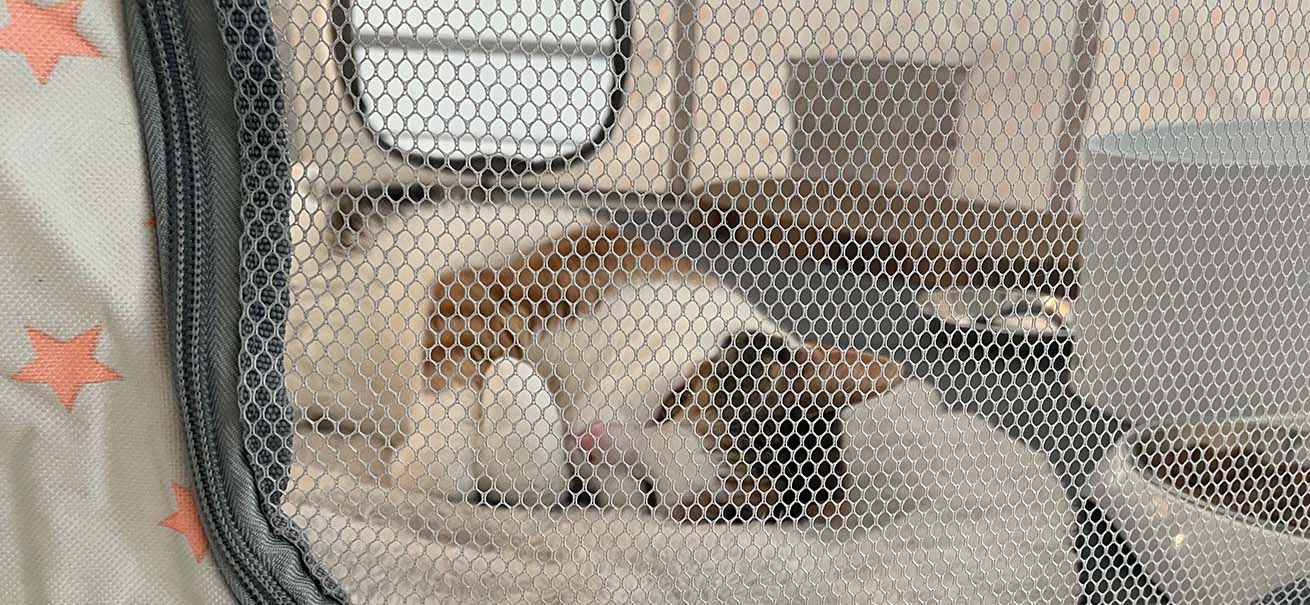
The road to recovery
After surgery, Pixi had to go back to the vet every other day to have the wounds checked and the screws on the fixation device tightened. The construction of steel rods, nuts and bolts looked absolutely absurd on such a small cat, leading us to call it Pixi’s robo-leg. While Pixi is not a big fan of vet visits, she behaved like a champ. She would lie still so the vet could do their job, without biting, hissing or growling once. Even at home, she didn’t chew her bandage, she didn’t walk around too much, and didn’t get annoyed with her robo-leg.
Bye bye pins, hello splint
4 weeks after the initial surgery, the external fixation device a.k.a robo-leg was replaced with a splint. As the surgeon wrapped said splint with a red bandage that left some white cotton sticking out at the top, the new leg protection was called Pixi’s Santa paw. While we all thought this splint would be more comfortable than the fixator, Pixi begged to differ. After each step, she would shake her leg, trying to kick off the bandage.
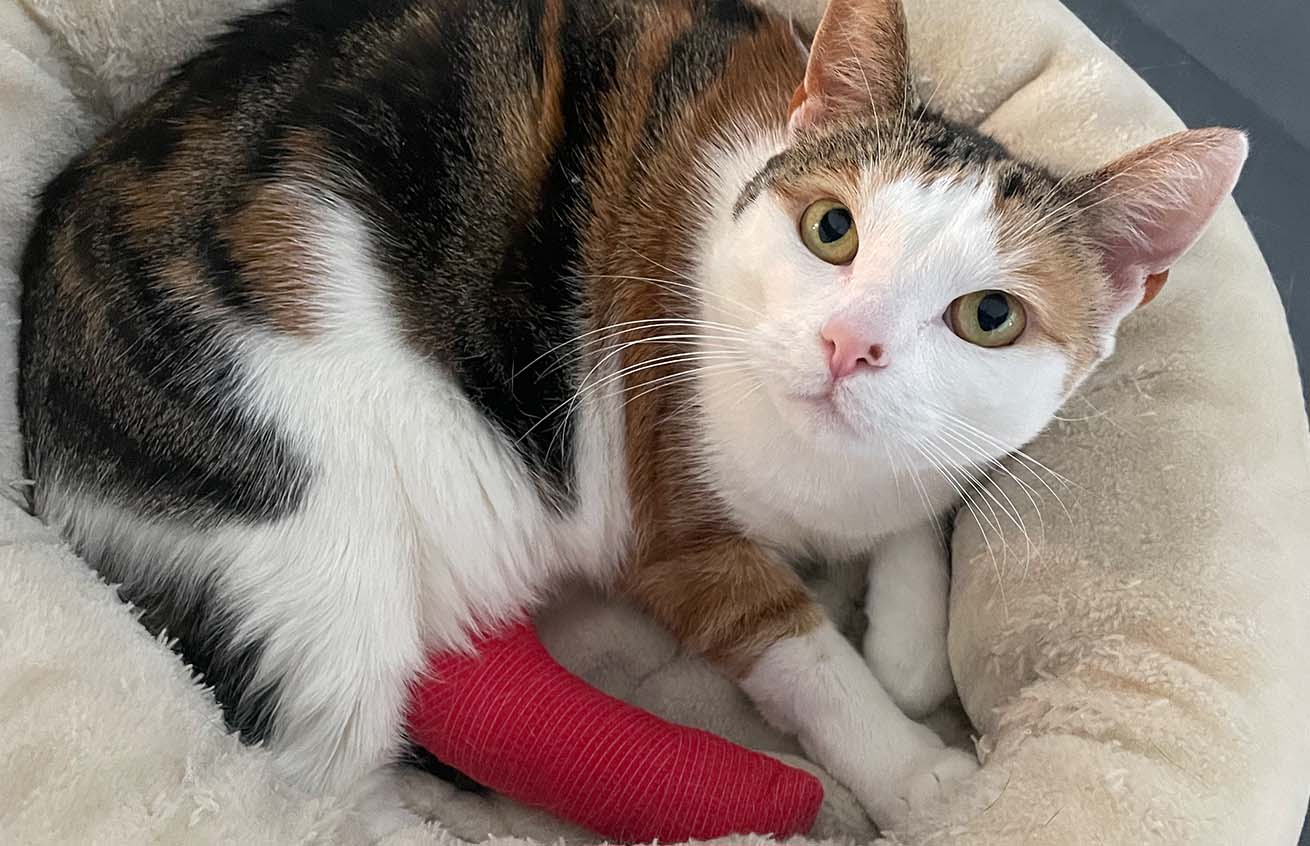
Still to come…
Soon, Pixi will no longer have to be confined to her tent 24/7. She can take her first steps outside the puppy pen, but only for short distances. After a few more weeks, the splint will be removed, allowing Pixi to learn to move her heel joint again. Follow Pixi on Instagram for daily updates, and check this blog post again in a few weeks for additional information on Pixi’s recovery.
Leaving the tent
2 weeks after the splint was placed, Pixi was allowed to leave the safety of her tent and start exploring. While we expected Pixi to be elated, she was apprehensive to say the least, and had to get used again to the places that were once so familiar to her. After she got over her initial fear, she was happier than ever though, so it was time for her to focus on learning to run around on her Santa paw.
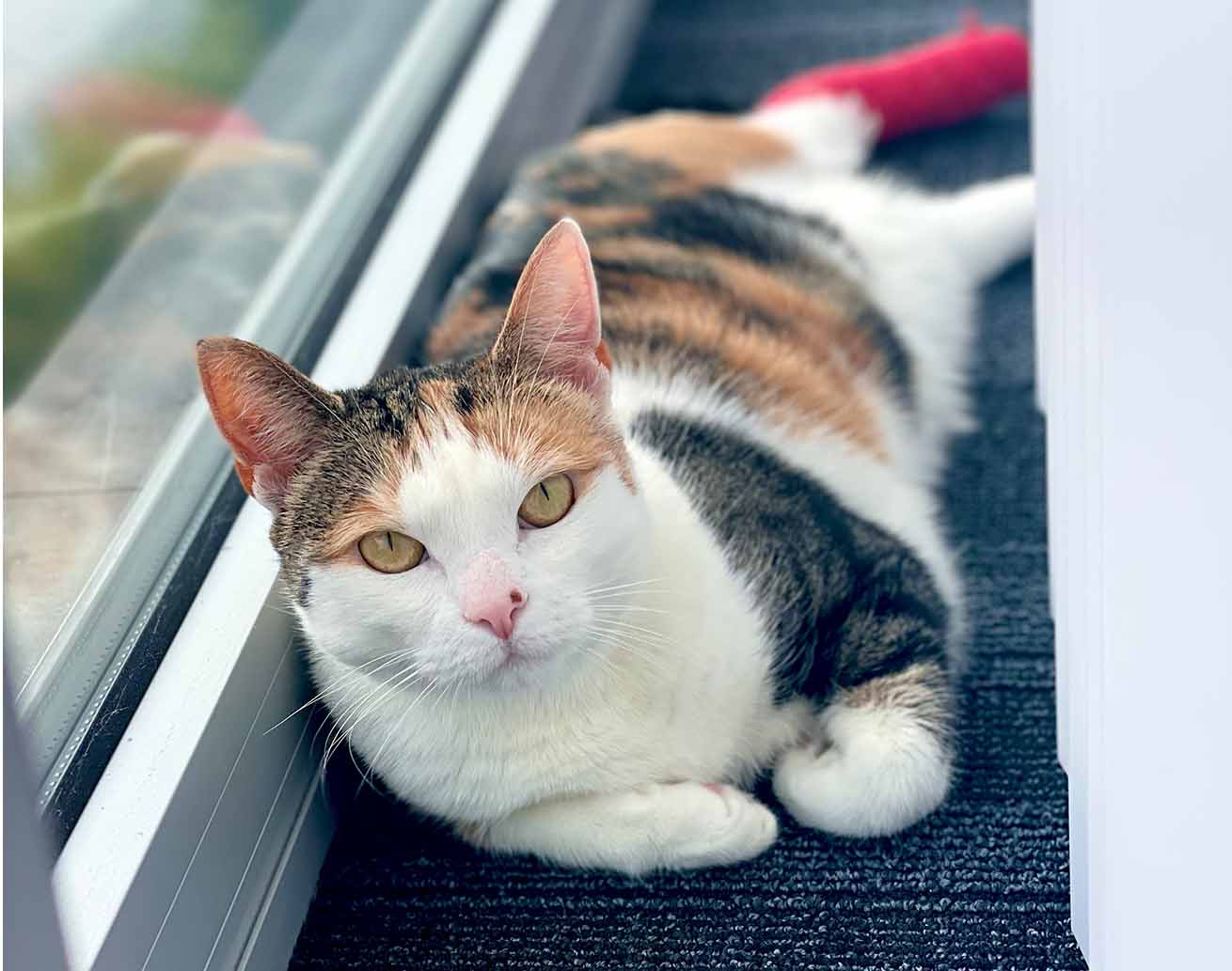
Having the splint removed
After 2 weeks of running and jumping around like a kitten, Pixi was ready to have her splint removed. We finally got to see the device that had kept her heel joint in place for the past weeks, which turned out to be a piece of plaster folded to the shape of her paw. Once the splint had been removed, it became apparent that Pixi wasn’t in the clear yet. Her skin had been severely weakened by being wrapped up for a month, which meant that once Pixi started grooming her paw with her sandpaper-like tongue, she would literally break her own skin, causing her paw to start bleeding in several places.
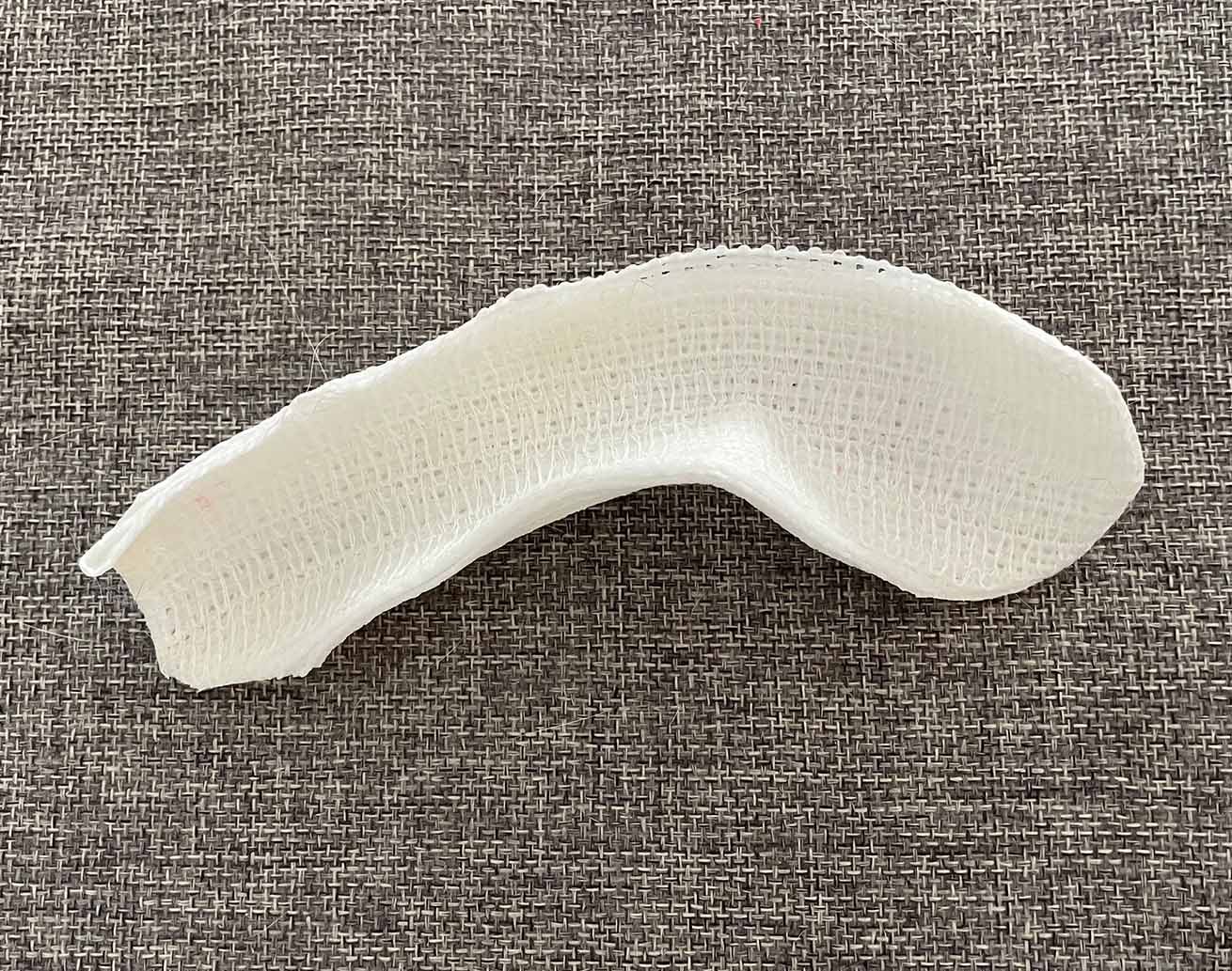
We bandaged up Pixi’s paw in an attempt to stop her from doing any further damage. However, after an hour of having been suspiciously quiet, Pixi reappeared without her dressing. Cats will be cats, right? Luckily, by the next morning she had completely rid her paw of any dirt without having created any additional wounds. Clever girl.
Up and running again
Despite Pixi having been unable to bend her leg joints for several months, it didn’t take her long to walk properly again. In fact, a day or three after the cast was removed, she was already back to scaling cat trees and zooming down the stairs. Looking back, we couldn’t have hoped for a better outcome. It was a long and very expensive journey, but Pixi regained full use of her leg, which was something we never even dared to dream of. While our poor office kitty went through a lot, she doesn’t seem to resent us and even became more affectionate. Maybe… just maybe… it’s her way of thanking us, but, of course, we’ll never know.
